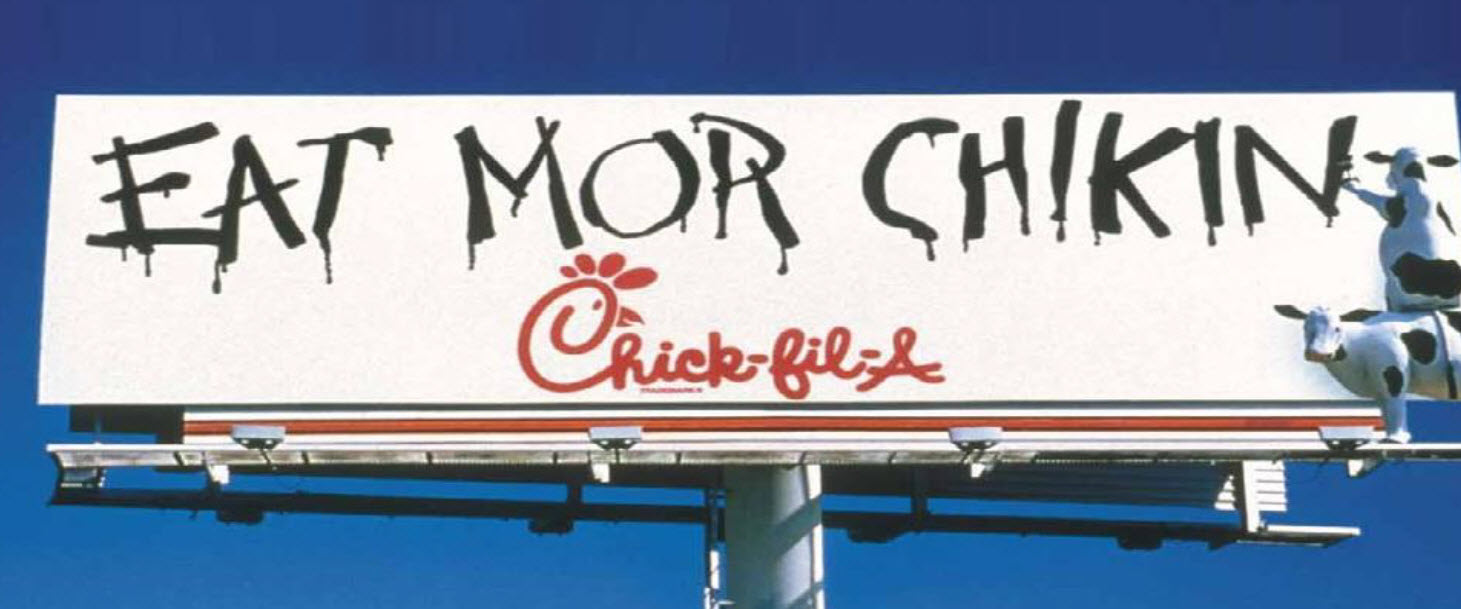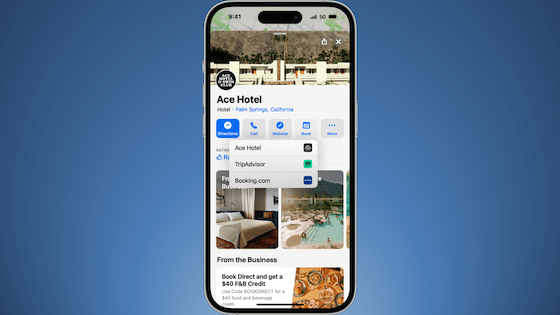Chick-fil-A’s journey to becoming one of the nation’s most iconic franchises contains lessons for every business. Steve Nedvidek, who has been with the company almost 30 years and whose title Innovation Specialist can’t be fully appreciated until you understand that journey, shared the story of how Chick-fil-A rose from a 24 hour diner to a franchise with over 2100 locations and over $6 billion in annual sales.
Steve shared three stages of the journey:
- Initial Innovation and the Entrepreneur
- Periodic innovation and the growing enterprise
- Systemic innovation and the maturing enterprise

Stage 1 – Initial Innovation and the Entrepreneur
Truitt Cathy, Chick-fil-A’s founder, was an innovator. One of his specialties was fried chicken but it took 6 minutes to cook in peanut oil because of the bone-in nature of the chicken pieces. He discovered that by removing the bone he could reduce the cooking time to 2 ½ minutes. With a buttered bun and 2 pickles, the Chick-fil-A sandwich was born.
Truitt spurred other innovations that have since become part of American culture. He was the first to serve food in malls even though it was thought shoppers would complain about the smell of cooking. He also was the first to franchise branding and business operations although he’s limited the number of franchises a single owner could operate to three in order to preserve quality.
Stage 2 – Periodic innovation and the growing enterprise
Truitt soon realized that continued expansion created challenges of maintaining consistency and excellence. While he didn’t want to quell innovation, he realized innovators are usually not good at execution and in order to grow he needed consistency in execution.
So, continuous innovation had to take a step back while the focus was placed on execution. Instead, he harnessed “periodic innovation” so while there continued to be innovation it was done at intervals. Some of the innovations that occurred during this period of Chick-fil-A’s growth included the slogan “Eat Mor Chikin” and the marketing campaign using cows as messengers. Chick-fil-A also began using service as a competitive advantage.
Stage 3 – Systemic innovation and the maturing enterprise
Chick-fil-A is currently in stage 3 of their development. The company realized that they couldn’t just rely on Truitt for innovation (he died 2 years ago at age 93). However the company had switched so far towards execution in stage 2 that they didn’t have many who were wired for innovation.
Chick-fil-A also realized that they were no longer the hunter, but the hunted in terms of competition. In order to continue to grow, they needed to change and be able to act quickly. The goal was to preserve the core while stimulating progress. And the company needed to address the areas of operational complexity, capacity, competition and consumers.
Chick-fil-A’s kitchens were designed for $2million of sales yet they needed them to increase capacity up to $5 million in sales to keep up with demand. This remains the biggest issue for Chick-fil-A today. The company faces increasing competition from those who are trying to imitate their success. It is also trying to manage how social media is shifting the control of Chick-fil-A’s brand identity to consumers.
The company needed to get back to a culture of innovation by first defining what innovation meant. Chick-fil-A defined innovation as “transforming new ideas into business value.” Then they needed to create a process to encourage innovation.

Chick-fil-A also created a place to innovate – called Hatch. The company now has 7 places, one in each building of their campus, to make sure everyone has access to explore new ideas.
Chick-fil-A wants its innovators to embrace risk. They’ve created a podcast series to expose their innovators to as many ideas as possible from outside the company. And they recognize their successes with a launch wall of all the work that has come out of Hatch to celebrate new innovation.
With these 3 stages in mind Nedvidek challenged the LSA17 audience with these questions: Where are you? Which bucket are you in? Are you in a bucket and lacking? What do you do next? Here’s some tips that he gave to move forward:
- Start with a really big vision and work from the top down. Everyone has to be on it. Maintain an excellence mindset and consistency mindset
- Continually apply pressure to accomplish the vision. Do it again and again and again and don’t give up.
- Finally, consider the insight of Nelson Mandela: “Action without vision is only passing time. Vision without action is daydreaming. But vision and action together can change the world.”
“Can you change the world?” he asked the audience.




